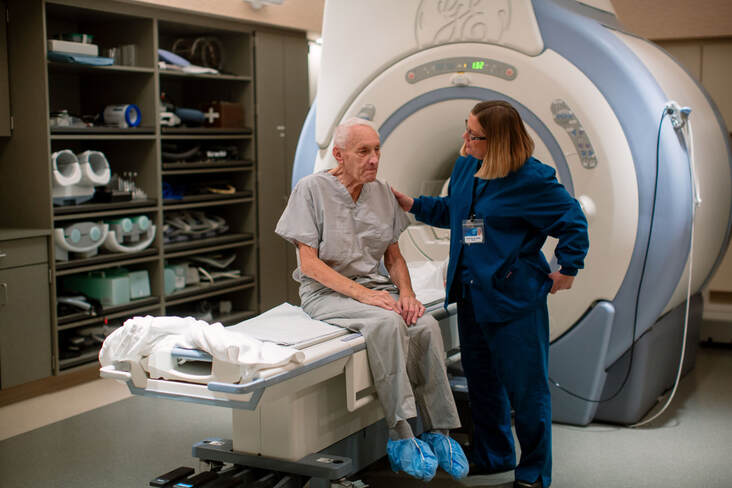Alzheimer's Prevention
GHR Foundation is partnering boldly with a consortium of government, industry, academic research and other philanthropists on a game-changing undertaking – the prevention of Alzheimer’s dementia.
By 2025, GHR Foundation aims to help develop a therapy to prevent Alzheimer’s dementia.
We have committed more than $17 million over five years to scale up important research already underway. The Foundation is targeting funding to improve some of the largest research efforts in the field, including:
While all research is uncertain, the potential to turn the tide and provide hope for all families that face Alzheimer’s has never been more promising.
We have committed more than $17 million over five years to scale up important research already underway. The Foundation is targeting funding to improve some of the largest research efforts in the field, including:
- The Mayo Clinic Study of Aging: Research working to define the impact of Alzheimer's on the population and develop a screening approach to identify those at risk
- Washington University's DIAN-TU Study: A study quickly evaluating potential prevention treatments among those who are most likely to develop the disease
- The A4 Study: Research led by Dr. Reisa Sperling of Harvard University to determine the effectiveness of prevention therapy before Alzheimer's disease impacts the brain; this study is working toward FDA approval for prevention therapy in the general population
- Banner Alzheimer’s Institute's APOE4 Trial: A study focused on determining whether therapies targeting amyloid proteins in the brain may prevent or delay Alzheimer’s symptoms in people with genetic risk for developing the disease at older ages
While all research is uncertain, the potential to turn the tide and provide hope for all families that face Alzheimer’s has never been more promising.
|
GHR believes significant recent advances in Alzheimer’s research have created the scientific possibility of preventing Alzheimer’s dementia.
▪ Advances in brain imaging have made it possible to measure the development of Alzheimer plaques and tangles in the living brain ▪ Long-term studies have shown the plaques and tangles of Alzheimer’s dementia build-up 10-20 years prior to symptom onset ▪ Advances in genetics can now identify patients at greater risk even before they develop pathology ▪ New experimental therapies offer the potential to intervene in the disease in a meaningful way for the first time |
Alzheimer’s remains the sixth leading cause of death in the United States and has the highest cost impact on our economy.
|
More than 5 million Americans are living with Alzheimer’s Disease.
|
Alzheimer's Disease is the most expensive condition in the nation. Nearly one in every five dollars spent by Medicare is on people with Alzheimer's or another form of dementia.
|
In 2020, family and friends provided 18.5 billion hours of unpaid care to those with Alzheimer's and other dementias – care valued at $234 billion.
|
Alzheimer's: Facts, Figures and Prevention






